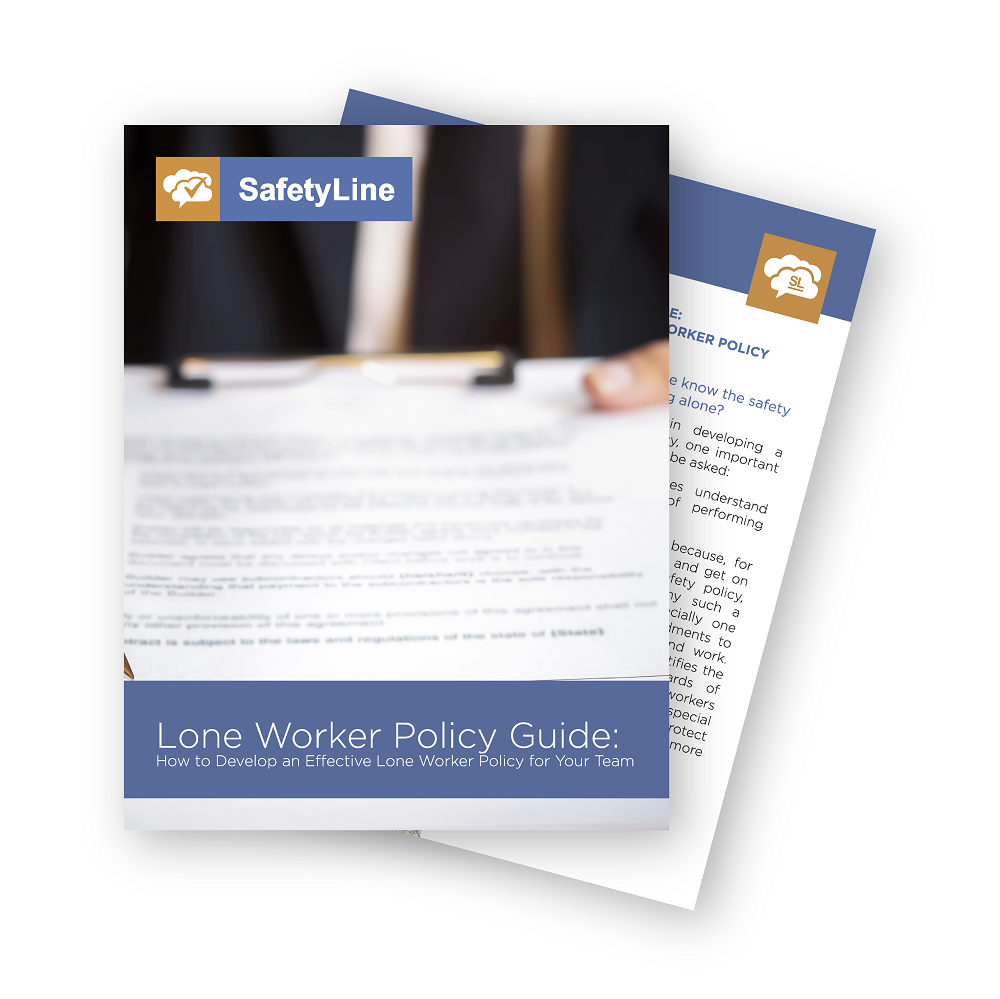Featured Resources
Lone Worker Policy Guide and Template
A lone worker policy is an effective way to ensure that your lone workers are well-educated on your company’s work-alone rules and have extensive knowledge of all workplace hazards that could be encountered on the job.
Hazard Assessment Guide
In the process of doing a hazard assessment for your workplace, it is almost a certainty you’ll learn information about the operational aspects of your organization you were unaware of before the assessment.
View eBook
Develop a Free Lone Worker Program for Small Teams
Developing a free lone worker check-in system is a simple process for small teams that any organization can implement.
View eBook
SafetyLine Blog Categories
General Safety | Lone Worker Safety | SafetyLine News and Updates | SafetyLine Product Updates | Compliance, Policy, and Regulations | Downloadable Resources |
2020 Goal Settings: How Your Organization can Best Protect Lone Workers
The statistics regarding workplace injuries and fatalities in Canada are baffling. According to the Canadian Centre for Occupational Health and Safety, there were 951 workplace fatalities recorded in 2017 with an additional 251,508 injuries which took place on the job. An employer must manage the safety and health of his or her employees and thus minimize the number of incidents that occur in the workplace. Since safety hazards are amplified when an employee is working in isolation, this article will specifically discuss lone workers and consider ways that an organization can best keep its lone workers safe.
The 6 Categories of Lone Workers
Many companies don’t realize how many of their employees – whether on contract or work full-time – actually have some aspect of their job where they work alone. Working alone comes with it’s own unique set of hazards and challenges, so it’s important to be clear on the work alone definition and categories.





